10 Best Herbal Creams For Lower Back Pain

Herbal creams for lower back pain are natural topical treatments that combine plant-based ingredients with therapeutic properties to alleviate discomfort and inflammation.
Common ingredients such as menthol, capsaicin, and essential oils like eucalyptus or peppermint are often included to provide a cooling or warming sensation that can help reduce pain and improve circulation. These creams are generally considered safe for most people, though individuals with sensitive skin or allergies should check for potential irritants. Many users find relief from chronic lower back pain through regular application, though results can vary depending on the underlying cause of the pain.
While herbal creams can be a useful complementary therapy, they should not replace professional medical advice or treatment for severe or persistent conditions.
FREE Herb Drying Checklist
How to make sure every batch retains maximum flavor, color, and aroma without the risk of mold or over-drying. Eliminate guesswork and trial-and-error, making herb drying faster, easier, and more efficient every time.
Table of Contents
1. Hypericum perforatum
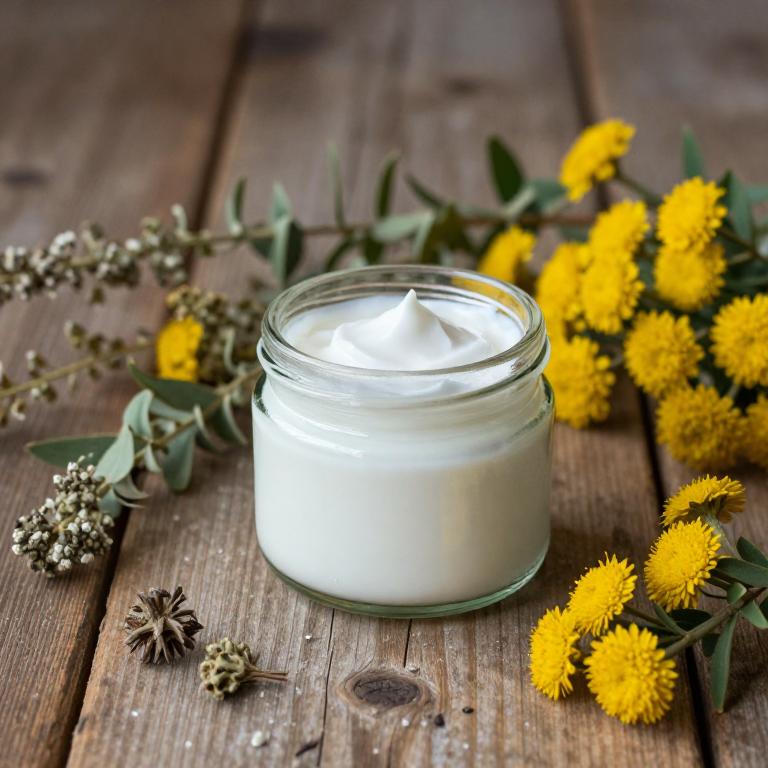
Hypericum perforatum, commonly known as St. John's Wort, is a herbal remedy that has been traditionally used for its potential anti-inflammatory and analgesic properties.
When formulated into creams, it may provide localized relief for lower back pain by reducing inflammation and soothing muscle tension. These creams are often preferred by individuals seeking natural alternatives to conventional pain medications. However, they should be used with caution, as St. John's Wort can interact with certain medications and may cause photosensitivity.
Overall, hypericum perforatum herbal creams may offer a complementary approach to managing lower back pain, though their effectiveness can vary among individuals.
2. Equisetum arvense
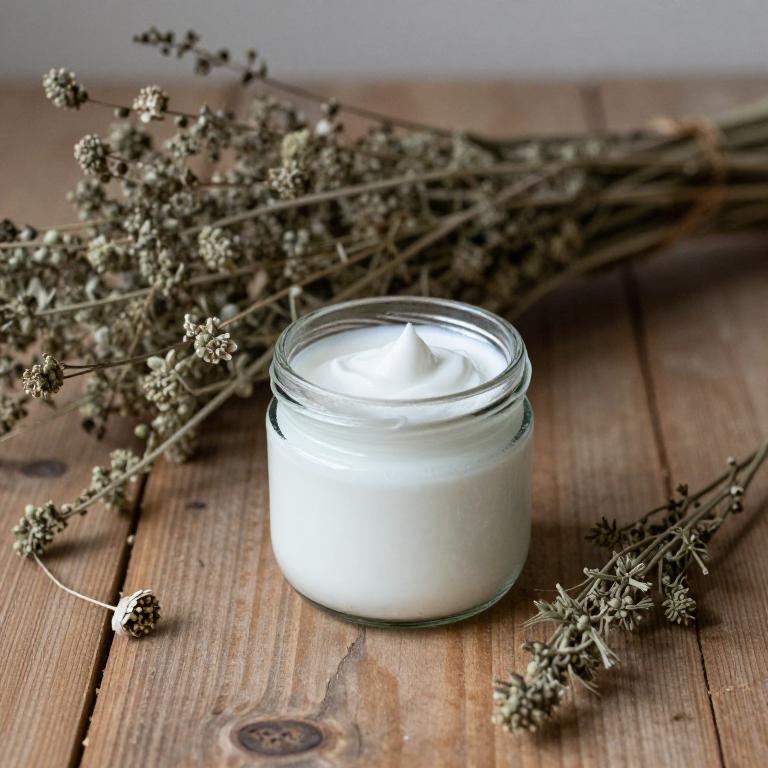
Equisetum arvense, commonly known as horsetail, is a traditional herbal plant that has been used for its high silica content and potential anti-inflammatory properties.
Herbal creams containing Equisetum arvense are often formulated to provide relief from lower back pain by reducing inflammation and promoting tissue repair. These creams may be particularly beneficial for individuals suffering from conditions such as arthritis or muscle strains that affect the lower back. However, it is important to consult a healthcare professional before using such creams, especially if you have sensitive skin or are taking other medications.
While some studies suggest potential benefits, more research is needed to fully understand the efficacy and safety of Equisetum arvense in treating lower back pain.
3. Salvia officinalis
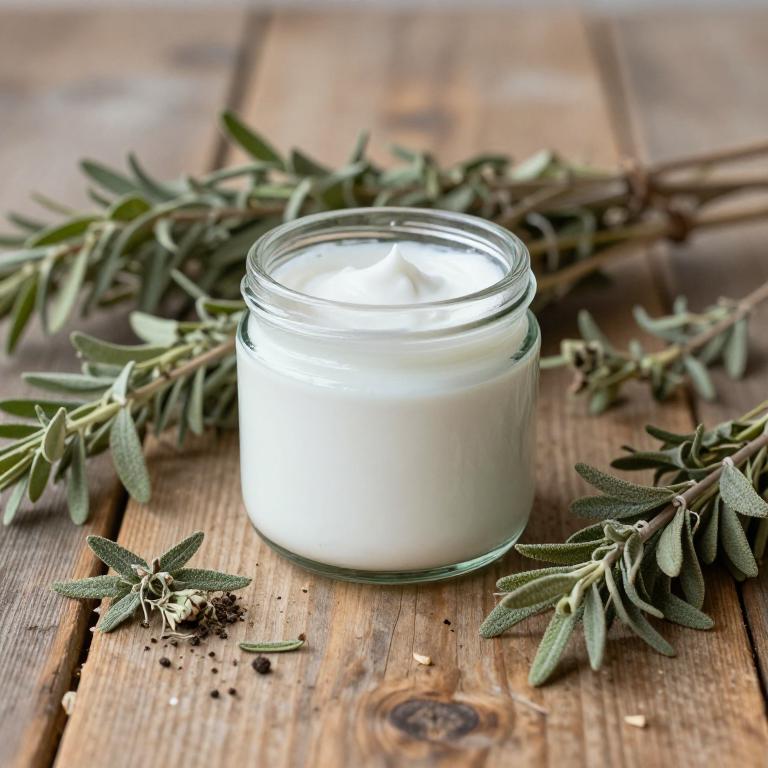
Salvia officinalis, commonly known as sage, is a traditional herb that has been used for centuries in herbal medicine.
Herbal creams containing salvia officinalis are often formulated to provide relief from lower back pain due to their anti-inflammatory and analgesic properties. These creams typically combine sage extract with other natural ingredients like menthol or camphor to enhance their soothing effects. When applied topically to the affected area, they can help reduce muscle tension and inflammation, offering a natural alternative to conventional pain relievers.
While they may not replace medical treatment, salvia officinalis creams can be a complementary option for managing chronic lower back pain.
4. Arnica montana
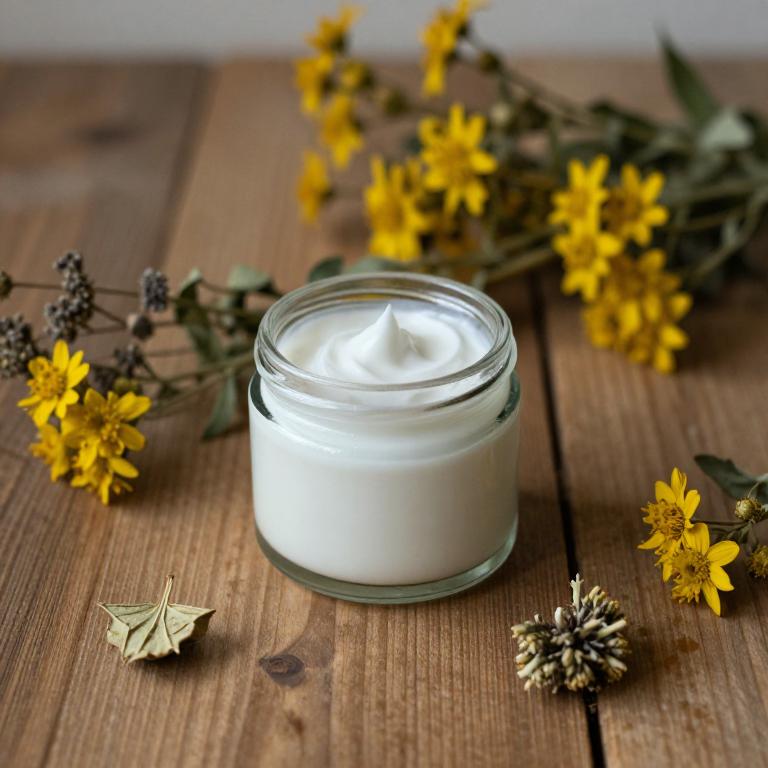
Arnica montana herbal creams are commonly used to alleviate lower back pain due to their anti-inflammatory and analgesic properties.
These creams contain a concentrated form of the Arnica montana plant, which is known for its ability to reduce bruising, swelling, and pain. When applied topically to the lower back, the cream may help improve circulation and ease muscle tension, providing relief from chronic or acute pain. However, it is important to note that while many people find these creams effective, they may not be suitable for everyone, especially those with sensitive skin or allergies to plants in the daisy family.
As with any herbal remedy, it is advisable to consult a healthcare professional before use, particularly if the pain is severe or persistent.
5. Zingiber officinale
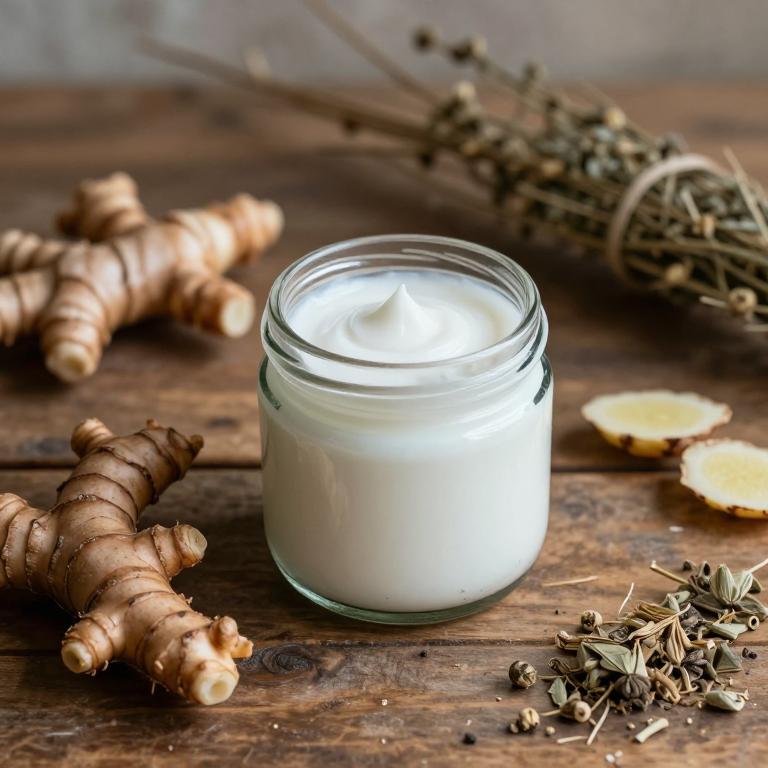
Zingiber officinale, commonly known as ginger, has been traditionally used for its anti-inflammatory and analgesic properties, making it a popular ingredient in herbal creams for lower back pain.
These creams often combine ginger extract with other natural components like turmeric or camphor to enhance their pain-relieving effects. When applied topically, ginger-based creams can help reduce inflammation and muscle tension in the lower back, offering a non-invasive alternative to conventional pain medications. The warming sensation produced by ginger can also stimulate blood circulation, promoting faster recovery and relief from chronic discomfort.
However, individuals with sensitive skin should perform a patch test before using these creams to avoid potential irritation.
6. Achillea millefolium
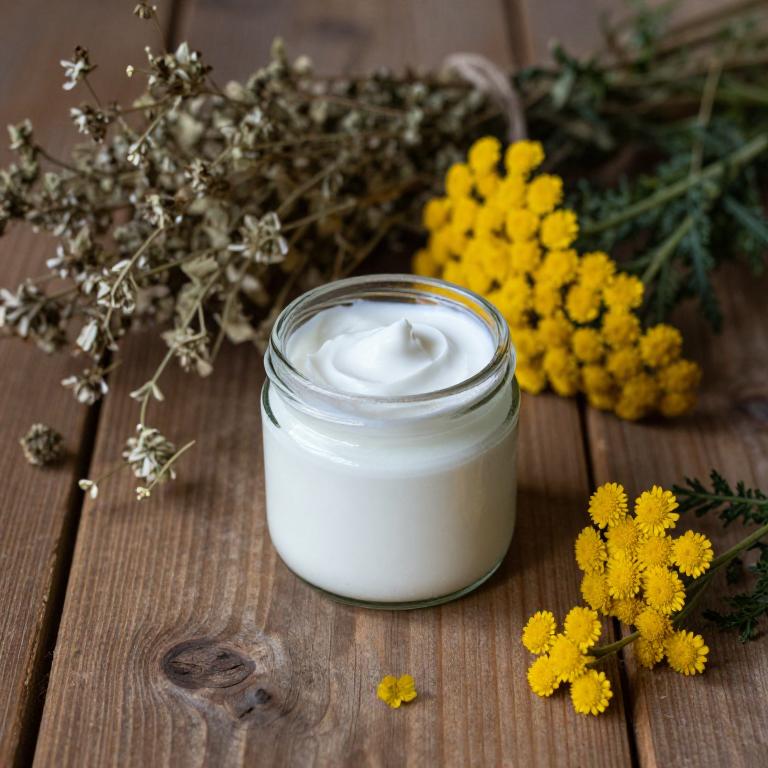
Achillea millefolium, commonly known as yarrow, is a traditional herbal remedy that has been used for centuries to support overall wellness.
When incorporated into herbal creams, it is believed to provide relief for lower back pain due to its anti-inflammatory and analgesic properties. These creams typically combine yarrow with other soothing herbs like lavender or chamomile to enhance their therapeutic effects. The application of such creams can help reduce muscle tension and inflammation in the lower back, offering a natural alternative for those seeking relief without pharmaceuticals.
However, it is important to consult with a healthcare professional before using herbal creams, especially if you have underlying health conditions or are taking other medications.
7. Vitex agnus-castus
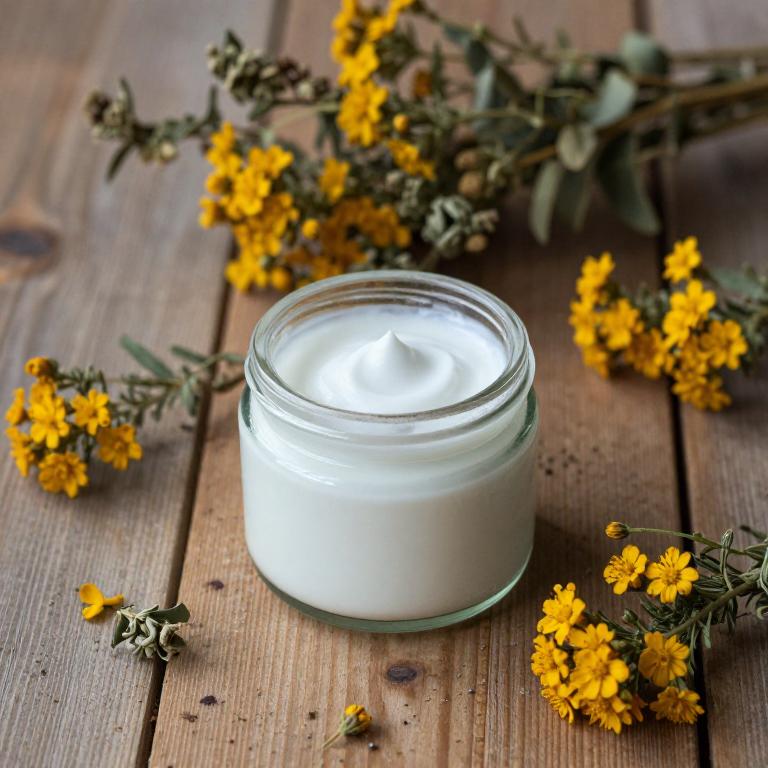
Vitex agnus-castus, commonly known as chasteberry, is often used in herbal formulations to support hormonal balance and alleviate symptoms associated with conditions like menopause and PMS.
While primarily recognized for its effects on the reproductive system, some herbal creams containing vitex agnus-castus are marketed for their potential anti-inflammatory and pain-relieving properties. These creams may be used topically to address lower back pain by reducing inflammation and improving circulation in the affected area. However, there is limited scientific evidence specifically supporting the use of vitex agnus-castus for lower back pain, and its efficacy may vary among individuals.
As with any herbal remedy, it is advisable to consult a healthcare professional before use, especially if you have underlying health conditions or are taking other medications.
8. Cnicus benedictus

CNICUS BENEDICTUS, also known as blessed thistle, is traditionally used in herbal medicine for its potential anti-inflammatory and analgesic properties.
While it is more commonly associated with digestive health, some formulations combine it with other herbs to create creams aimed at alleviating lower back pain. These herbal creams may help reduce inflammation and soothe muscle tension in the lower back area. However, it is important to consult a healthcare professional before using such products, as their efficacy and safety can vary.
Overall, CNICUS BENEDICTUS-based creams may offer a natural alternative for some individuals seeking relief from lower back discomfort.
9. Symphytum officinale
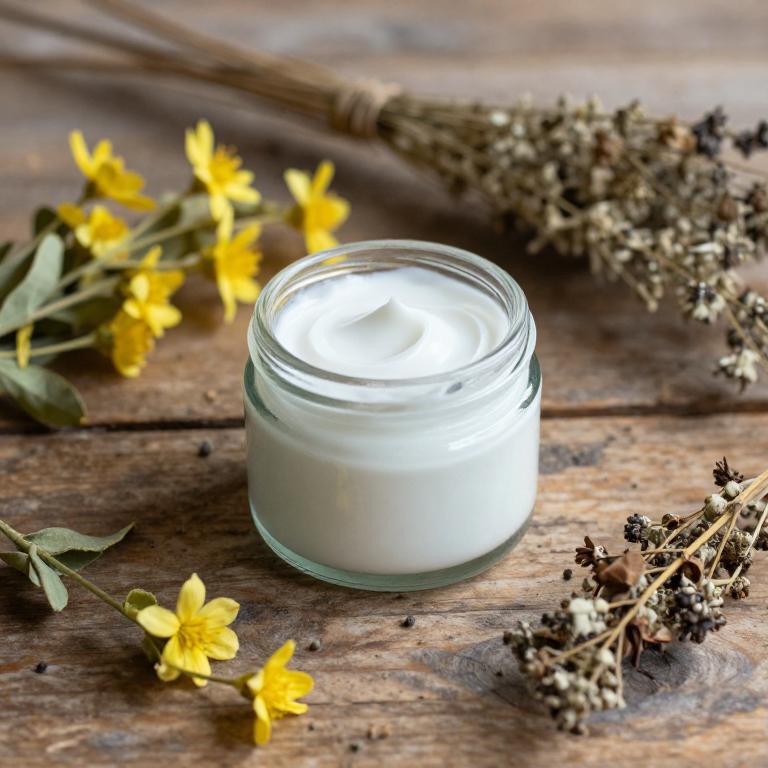
Symphytum officinale, commonly known as comfrey, is a traditional herbal plant often used in the formulation of topical creams for lower back pain.
These creams are believed to promote tissue repair and reduce inflammation due to the presence of allantoin and mucilage, which have soothing and regenerative properties. While some studies suggest that comfrey may aid in healing soft tissues, it is important to note that the plant contains pyrrolizidine alkaloids, which can be toxic to the liver if absorbed systemically. As a result, most commercial creams are designed to minimize absorption, making them safer for topical use.
Nonetheless, individuals with liver conditions or those using other medications should consult a healthcare provider before using comfrey-based creams for lower back pain.
10. Lavandula angustifolia
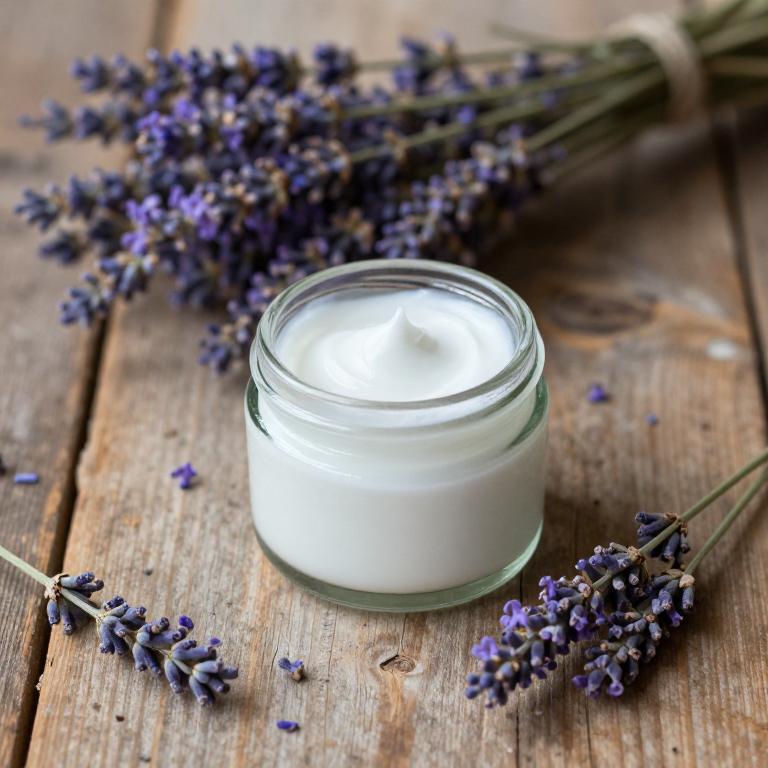
Lavandula angustifolia, commonly known as English lavender, is often incorporated into herbal creams due to its soothing and anti-inflammatory properties.
These creams are formulated with lavender oil and other natural ingredients to provide relief from lower back pain by reducing inflammation and muscle tension. The calming aroma of lavender also helps to ease stress and promote relaxation, which can further alleviate discomfort. Many users report improved mobility and reduced pain after regular application of lavender-based creams.
However, it is important to consult with a healthcare professional before using these creams, especially if you have sensitive skin or are taking other medications.